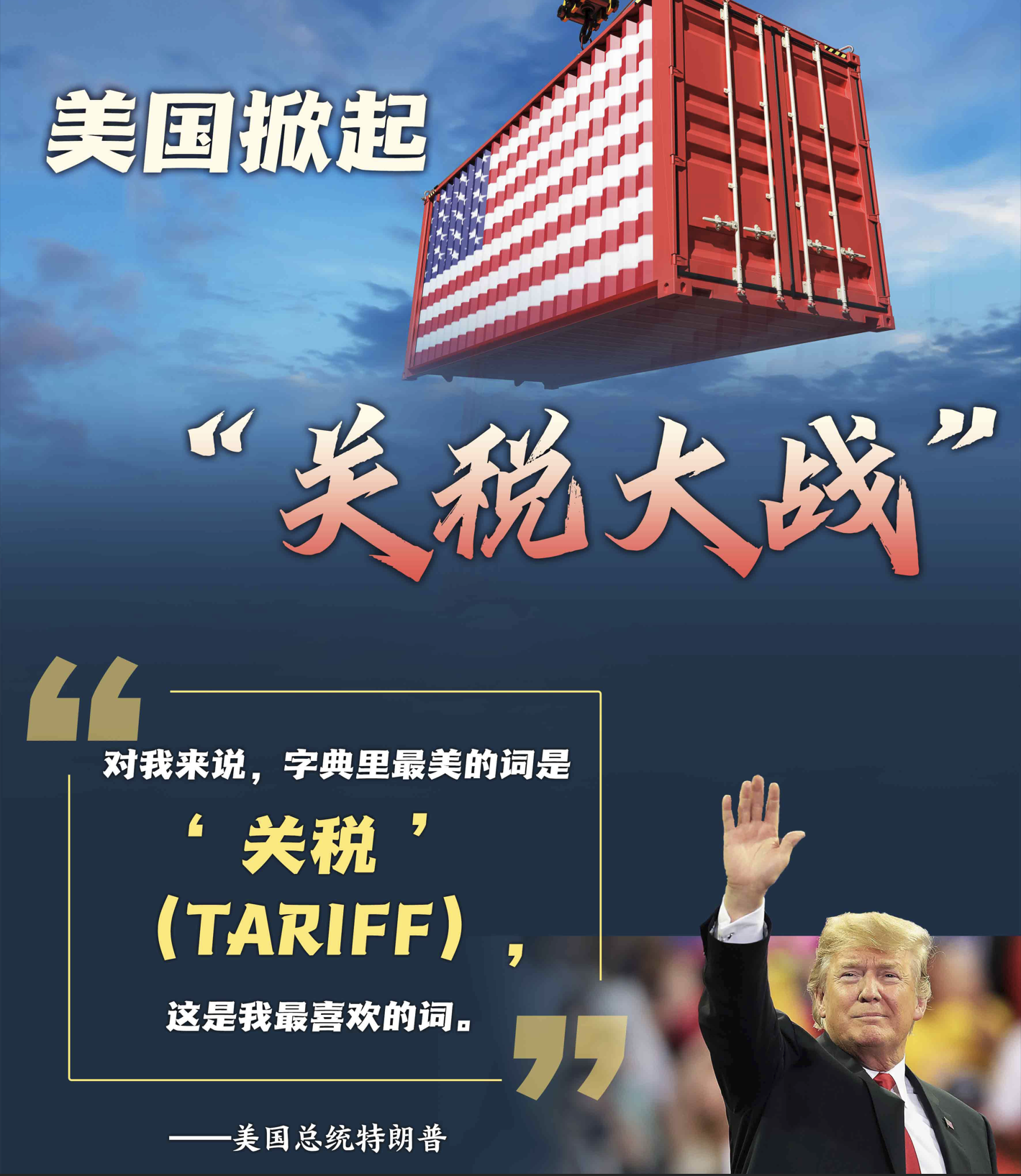On May 12, after a new round of tariff adjustments between China and the United States, many people saw an announcement of “mutual concessions and mutual benefits”, the good news of lower tariff rates, and a tariff fluctuation table that looked extremely dramatic.
| Date | US tariffs on China | China tariffs on US |
| Before 2nd April | 20% | 15% |
| 2nd April | 54% | 49% |
| 9th April | 104% | 84% |
| 11th April | 145% | 125% |
| 12th May | 30% | 10% |
If you don’t look at the whole picture, such changes in numbers may seem like some kind of precisely controlled arrangement. However, if you go through the entire process and carefully read the changes at each stage, many people will inevitably ask: Is this wave of operations a substantial boost to the industry, or is it just an emotional political show?
Some people ask, if no agreement is reached this time, is it meaningful to have rounds of tax increases and then tax cuts?
In fact, the significance may not be in trade itself, but in the following: The US president must show a “tough” attitude in front of voters; the capital market must find opportunities in fluctuations; the public opinion space must create hot topics in every tariff adjustment; thus, under the joint efforts of politics, finance, and the media, tariffs have become a strategic tool with both symbolic and game functions.
Someone asked: what was the sales share of the US market before the tariff war? After the tariff increase and reduction, have you lowered your expectations and marketing plans for the US market? If so, which markets do you plan to expand?
Reply: Previously, the US market accounted for more than 90%, and the domestic market accounted for 0%. After layout and development, the domestic market now accounts for more than 60%, followed by Europe and the Belt and Road market, and the US accounts for less than 10%.
The dramatic changes let us know:
1. The United States considers itself the maker of all rules, and uses various means to exclude and suppress other countries that threaten it in order to consolidate its position, but it has to accept reality in the game;
2. China has always adhered to the principles of win-win cooperation, mutual benefit and low-key development to strengthen itself and gain recognition and support from other countries, and its strength is no longer what it used to be;
3. If you want to solve a small problem, first create a big problem or intensify the problem, and then it will be easier to solve the small problem;
4. The instructor once said that when they negotiated, it was not out of will but forced by the situation.

